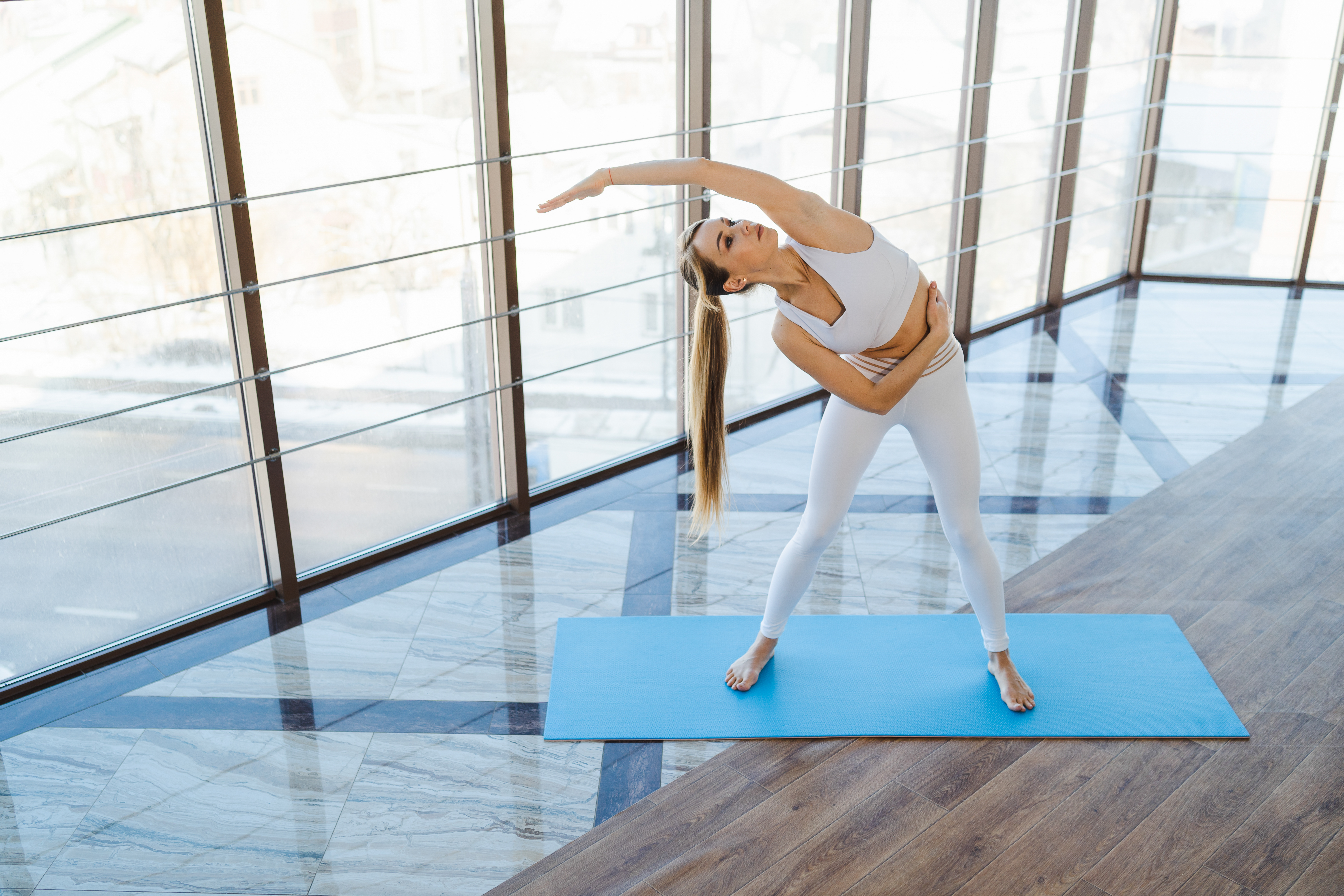Simple Fitness Habits to Keep You Feeling Youthful
11. Barefoot Training for Better Stability and Strength

Most people spend their entire lives in cushioned, supportive shoes, but these shoes often restrict natural foot movement and weaken the stabilizing muscles in the feet and ankles. This lack of natural movement can lead to poor balance, weak arches, and a greater risk of injury over time. Practicing barefoot training helps to restore the foot’s natural strength and mobility, improving posture, coordination, and overall stability. One of the best ways to incorporate barefoot training into your routine is by walking barefoot on grass, sand, or even smooth indoor surfaces. This activates the small muscles in the feet and allows them to develop natural strength. If walking barefoot outdoors isn't an option, simple foot-strengthening exercises like toe scrunches, towel pulls, or standing on one leg can significantly improve balance and stability. Yoga is also an excellent way to engage the feet, as many poses require grounded, barefoot stability. By strengthening the foundation of your movement—your feet—you create a solid base for better posture, improved mobility, and a reduced risk of falls or injuries as you age.
12. Dynamic Stretching Over Static Stretching

Stretching is often associated with holding a position for an extended period, but static stretching isn't always the best approach for maintaining flexibility and mobility, especially as we age. Dynamic stretching, which involves controlled, flowing movements, is a more effective way to prepare the body for movement and improve range of motion. Unlike static stretching, which lengthens muscles without movement, dynamic stretches actively engage the muscles and joints, warming them up for activity while reducing stiffness. Incorporating dynamic stretching into your daily routine can enhance mobility, improve circulation, and prevent injuries. Movements such as leg swings, arm circles, spinal twists, and deep lunges with rotation help loosen up the joints and promote fluidity in movement. Dynamic stretches also mimic real-life movement patterns, making them particularly beneficial for activities like walking, running, or playing sports. Whether you do them first thing in the morning or before engaging in exercise, dynamic stretches keep your body feeling loose, limber, and ready for action at any age.
